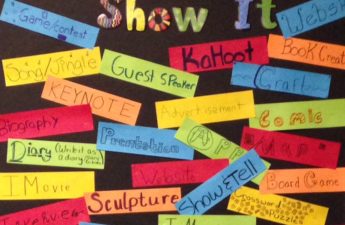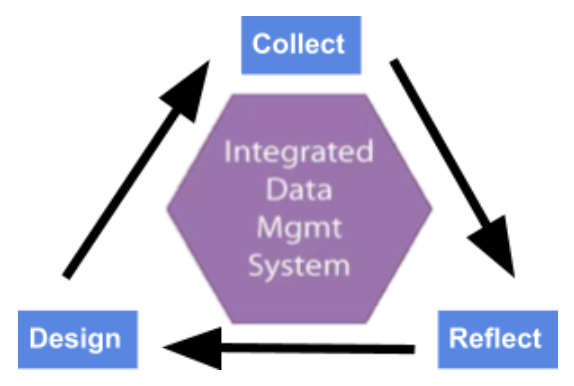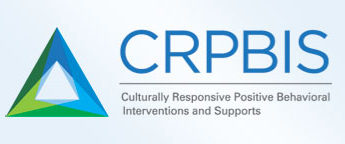Moving from data collection to understanding and application. What I study and how I am studying it are strikingly similar. Teachers and students, as well as myself, engage in data collection and analysis to make meaning and guide future work. This post highlights some similarities and outlines my data analysis tools and strategy. I focused my dissertatin on the collection…
Month: October 2017
Data : what we measure and how we use it
What we measure and pay attention to matters. What we measure and pay attention to matters. I argue that how we use this information matters more. For better or worse, student data has become the currency of schooling. Teachers exchange grades and scores – proxies for learning – for student’s effort and performance. Moreover, at school and system levels, educators…
Personalizing Data Use
Teachers and students personalize data use by: Collecting useful data with students on their interests, learner characteristics, and academics; Engaging students in reflective, data-driven conversations where, together, they reflect on data; and Using insights from reflection to co-design and refine learning plans. Teachers and students take ownership over data-use by collecting and using actionable data to design and refine personalized…
From compliance to agency – a look at Culturally Responsive Positive Behavioral Interventions and Supports
I recently mentioned to a colleague engaged in a school design process that I thought Culturally Responsive Positive Behavioral Interventions and Supports (CRPBIS) was the most promising strategy around today for establishing a positive school culture while increasing student, family, and community agency. In this post, I expand on that idea a bit by contrasting CRPBIS with other leading school…
Standards, Personalized Learning, and Instructional Design: Unwrapping standards; Sequencing Content; and Progress Monitoring
Standardization and Personalized Learning Teachers and leaders in the schools I have studied balanced the need for standardization/learning standards with students need for autonomy and agency and desire to pursue interest-based learning targets. Standards-based learning does not have to negate designs for student agency and interests. When standards are unwrapped and deeply understood by educators, they can work with students…




